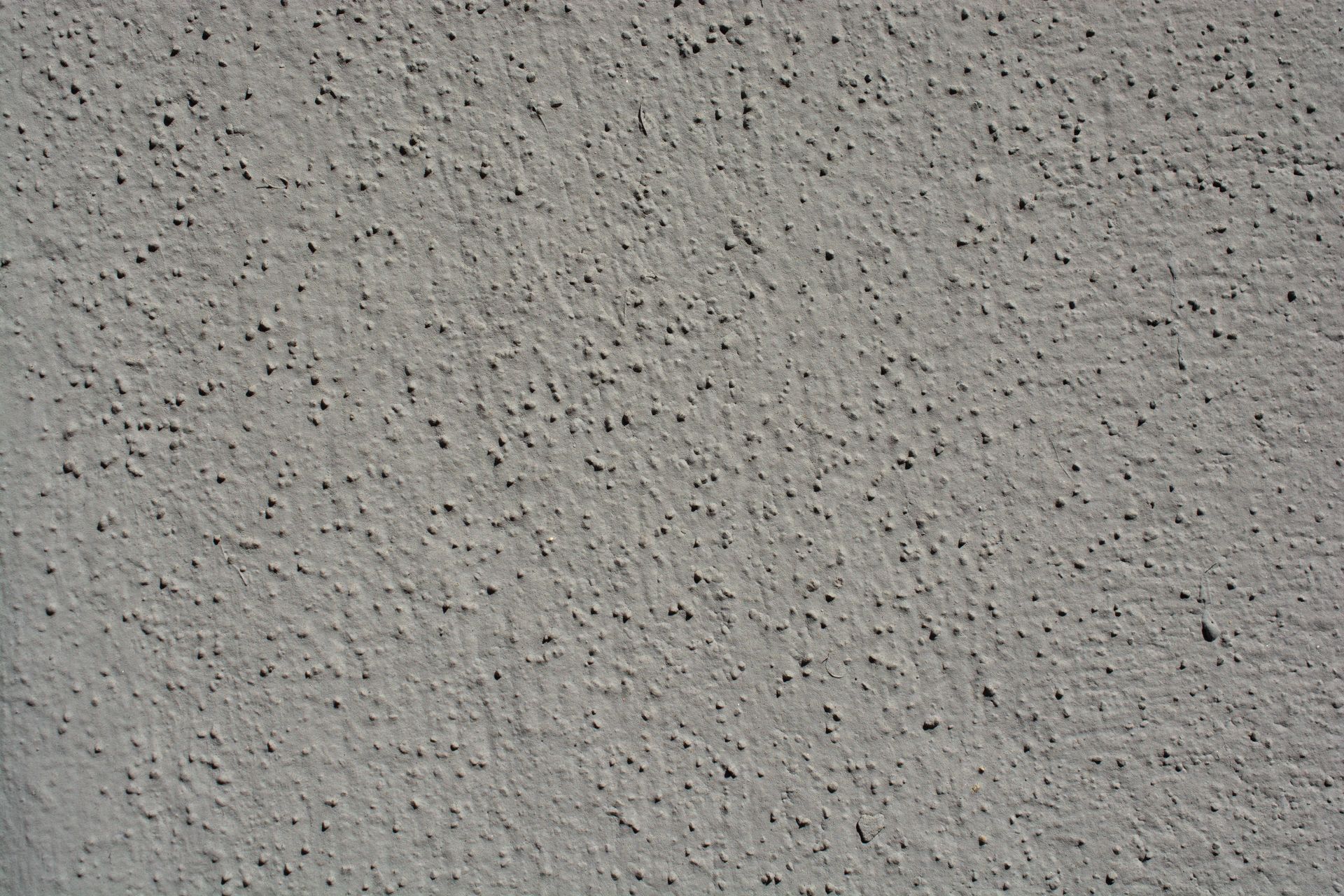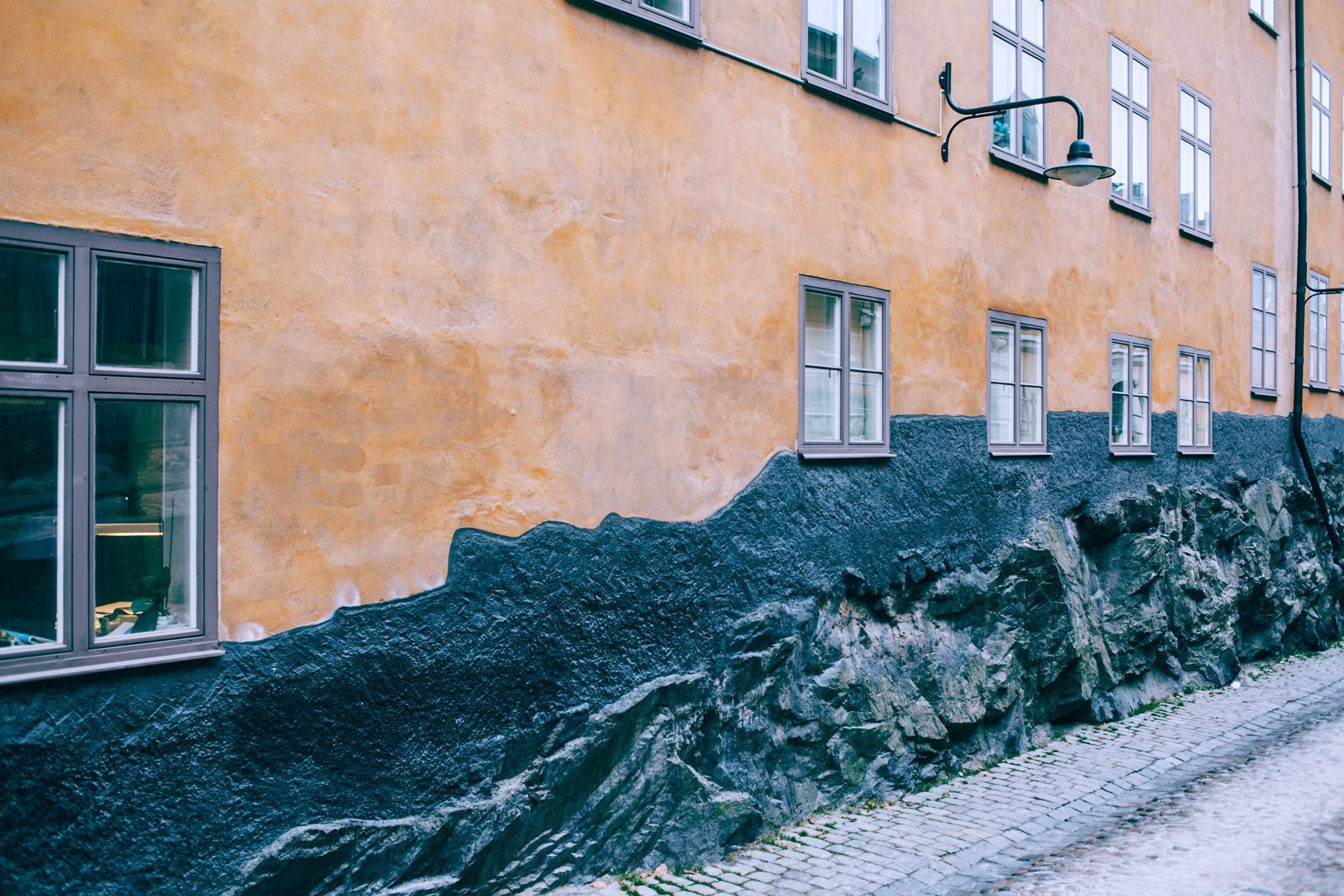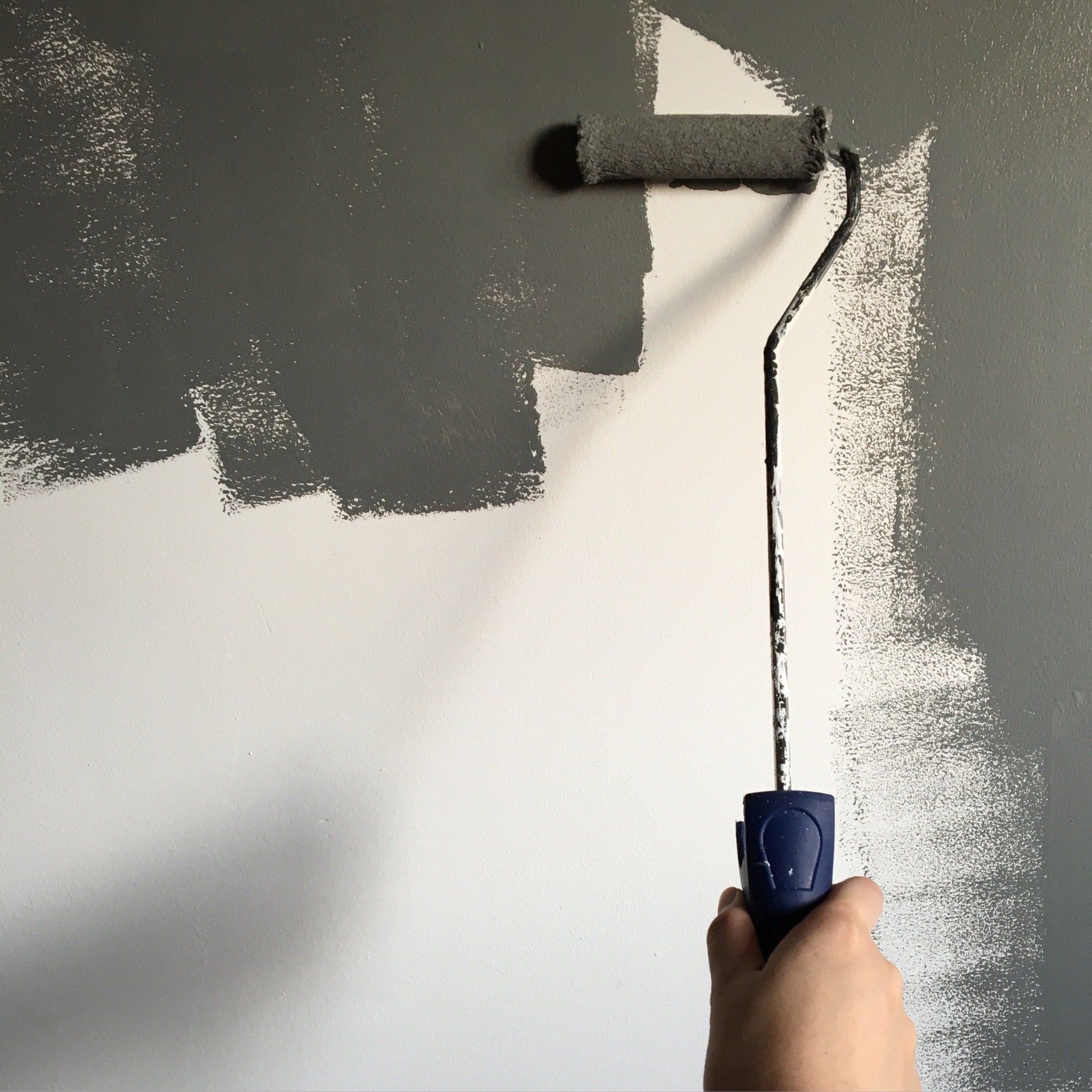Plaster vs. Stucco: What's the difference?
Plaster vs. Stucco: What's the difference?
A lot of people are confused by stucco and plaster when they look at old homes. Although they're similar in many ways, they're different enough to know how and when to utilize stucco, particularly in renovations, is crucial.
The differences between them aren't readily evident to the untrained eyes. Plaster and stucco may be applied in the same method, using the same texture and thickness; however, the principal ingredients of each are what differentiate them as species.
Plaster vs. Stucco
Similar to what we have mentioned, the components are the key to distinguishing between these two identical construction materials. Both are constructed with an aggregate of a certain kind, typically sand in various dimensions and textures. Both require water to mix all the ingredients and initiate the curing process.
The main distinction is in the binder. Binders are what holds the entire thing together. It cures the solid consistency we all have come to know and love/hate.
Plaster
Based on the type of plaster you've got, you'll have two different binding agents, either lime or the gypsum. Let's look at both of them.
Lime: Prior to the mid-1900s, lime was the principal binder for any plaster. In the past, it was more affordable to purchase than gypsum plasters. Lime plaster involves a difficult process of mixing lime and water and then waiting for it to "slake" before it can be added to the sand prior to application. Lime also requires the addition of fibrous materials like horsehair, which helps make the wall stronger. Lime plaster can take an extremely long time to cure, often taking nearly a whole year before walls can be decorated or painted.
Gypsum: Perhaps you've had the pleasure of hearing about Plaster in Paris? That's gypsum plaster. The name was coined because, in the 17th century, Paris was constructed on top of the biggest natural gypsum deposits anywhere in the world at the time. The majority of the gypsum plasters came from Paris, which is why its name stuck. In contrast to lime, plaster cures rapidly (only several days) and sets much quicker, which is the reason we cast injured limbs using this material. It usually didn't need horsehair to help strengthen it, unlike lime plasters.
Stucco
So, you're aware of the definition of plaster and what it's not, isn't it? What exactly is stucco? Stucco, often referred to as "render" by our neighbors across the lake, is an exterior coating that is historically distinct from lime-based plasters.
Like lime, plaster is made from slaked limestone (or various different natural binders that aren't as common, including sand and water). It also contained many additives to aid in its ability to stand up to the elements. According to the National Park Service Preservation Brief 22, stucco may contain various unusual ingredients:
Mud, clay, marble or brick dust, sawdust, animal blood or urine, eggs, keratin or gluesize (animal hooves and horns), varnish, wheat paste, sugar, salt, sodium silicate, alum, tallow, linseed oil, beeswax, wine, beer, or rye whiskey. Waxes, fats, and oils were included to introduce water-repellent properties. Sugary substances decreased the amounts of water required and reduced the time to set, and alcohol was an air entrainer.
All of these ingredients helped to increase the durability and strength of the historic stucco. The year 1824 saw a revolutionary invention that altered the method of using stucco in building construction.
You might also like



